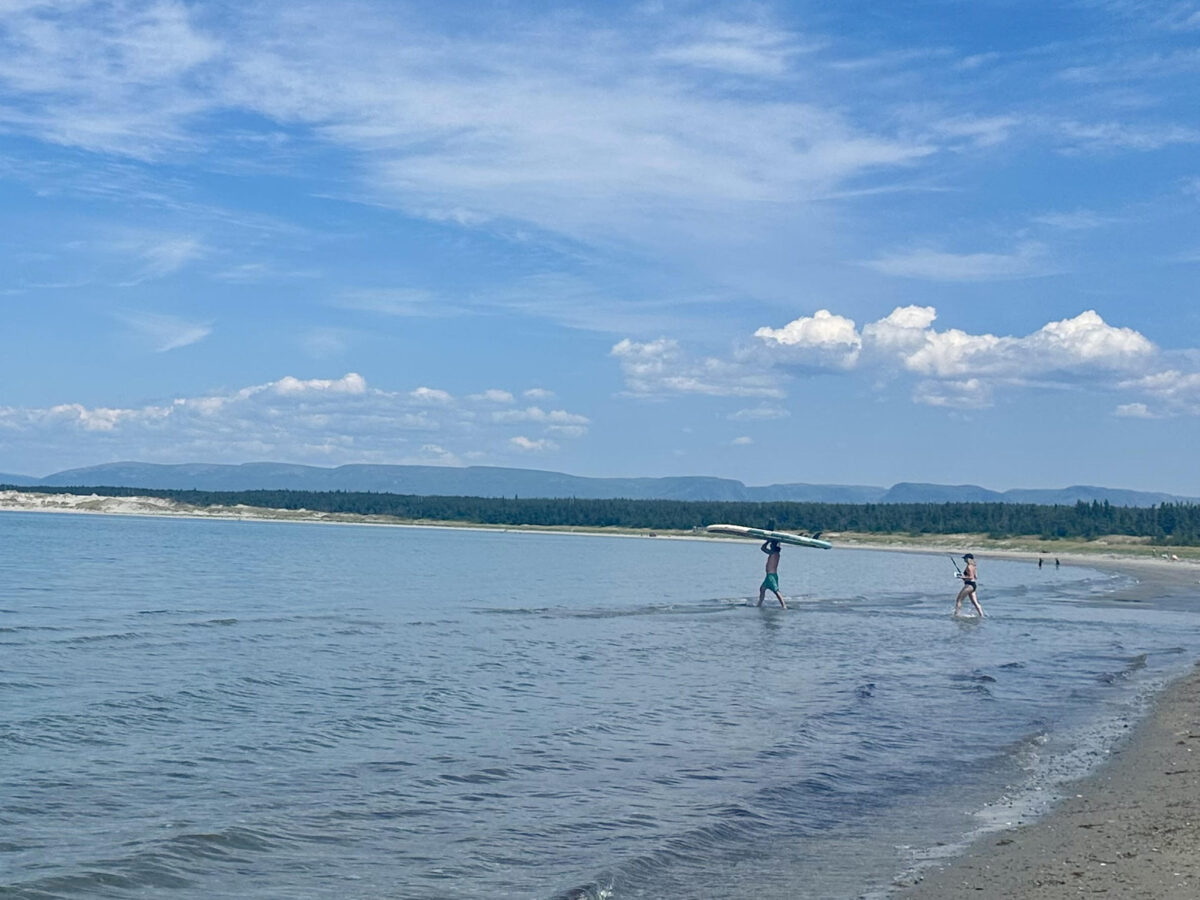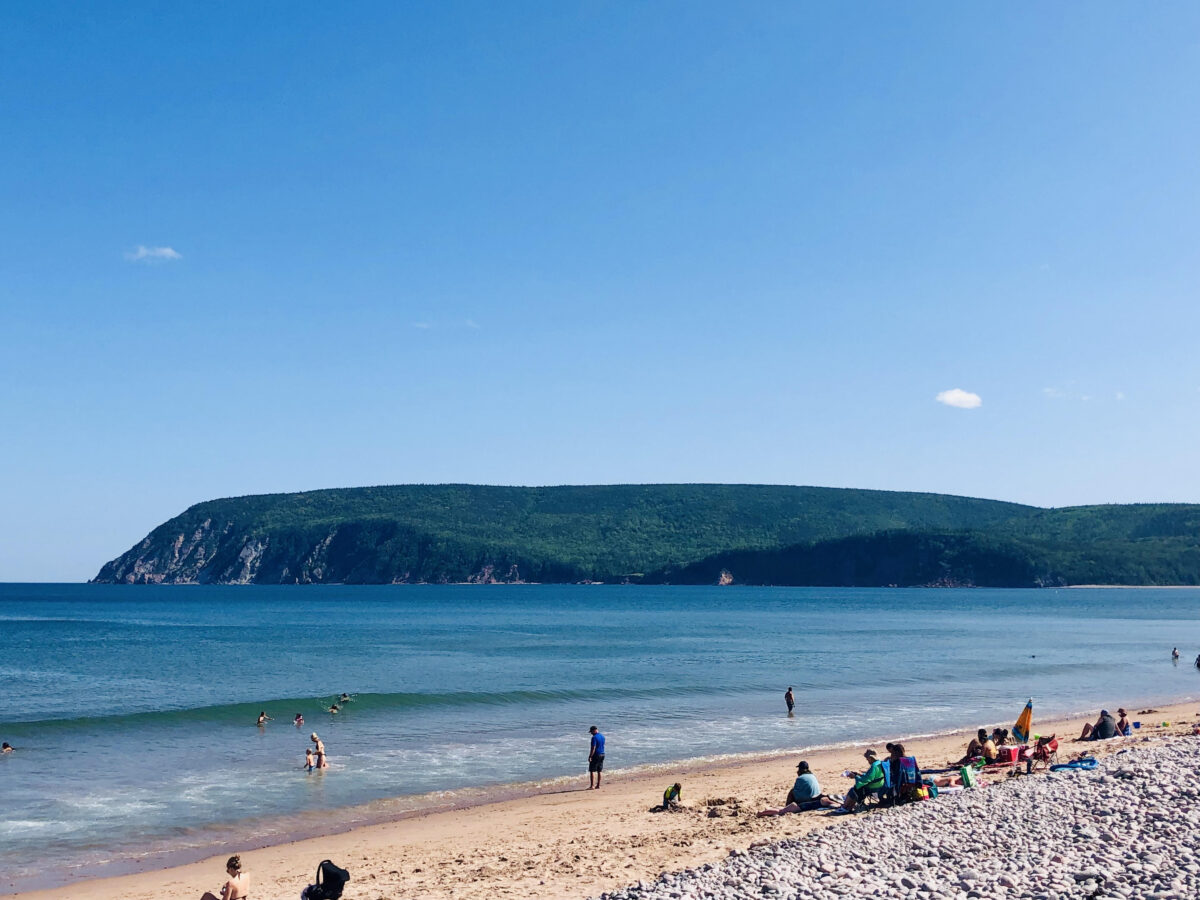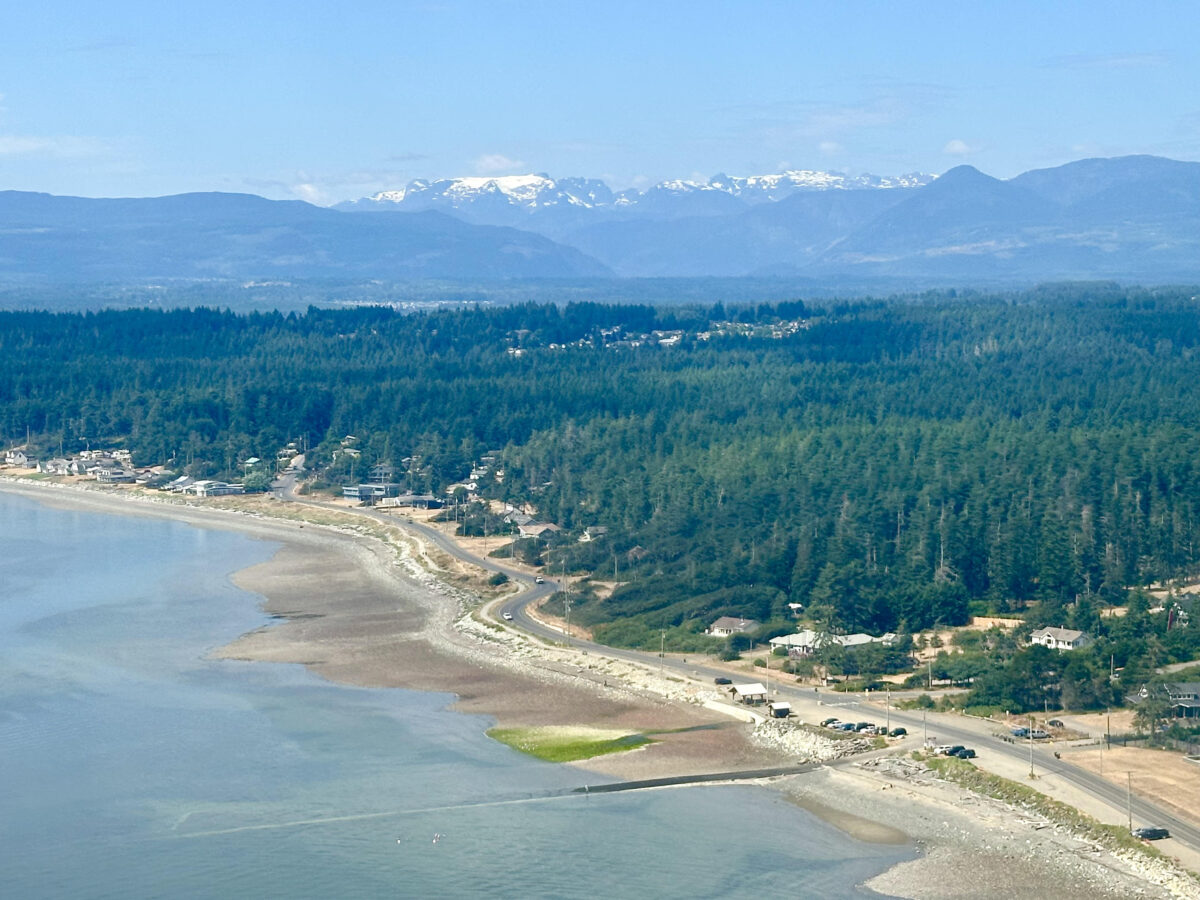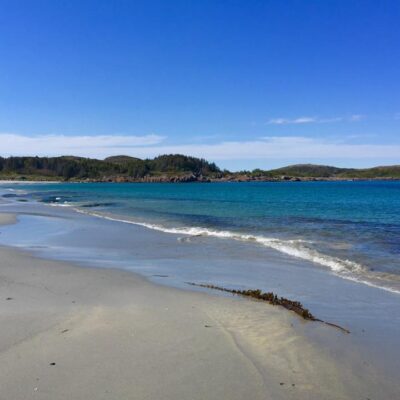14 Best Beaches in Canada
Canada probably isn't the first place that comes to mind when it comes to a beach vacation, but during the summer months from coast to coast, there are plenty of places for soaking up the sun and enjoying a wide variety of activities. The beaches here may not have the quintessential swaying palm trees you'd expect in a tropical locale, but you'll find everything from remote stretches ideal for surfing, tidepooling and whale watching to white sandy beaches lapped by turquoise water (that's surprisingly warm).
Living in the Pacific Northwest for many years, I've spent a lot of time exploring British Columbia's nearly 16,000 miles of coastline, including the mainland, Vancouver Island and other smaller islands. Atlantic Canada (Newfoundland and Labrador, Nova Scotia, New Brunswick and Prince Edward Island) has long been among my favorite destinations for a getaway, with beaches that look like they were stolen from the Caribbean. Plus, there are quite a few impressive spots in Ontario along the Great Lakes—and even in the far north—where you can float on the chilly waters of Hudson Bay among beluga whales.
Just choose your adventure and go!

Shallow Bay Beach - Gros Morne National Park, Newfoundland
Located on Newfoundland's west coast in Gros Morne National Park, Shallow Bay Beach offers over three miles of fine white sands, expansive dunes and waters that are protected from waves by low, rocky islands. As the water is shallow, it warms up to comfortable swimming temperatures during the summer, something that's not too common up here in the North Atlantic.
As such a long stretch, Shallow Bay Beach is also perfect for strolling along with kite-flying, sandcastle building and sunbathing. The abundant birdlife makes it popular among birdwatchers, especially in the fall when hundreds of migrating shorebirds can often be seen at high tide. Bring supplies for a picnic or enjoy fresh seafood, including Newfoundland mussels served at Shallow Bay Restaurant in the town of Cow Head nearby.
St. Vincent's, Newfoundland
Just over three miles long, St. Vincent's Beach is located along the scenic Irish Loop along the southern part of the Avalon Peninsula. This isn't a place to swim as the water is far too cold, even in the summer, but it's a prime spot for watching whales as the world's largest site where humpbacks can be seen from shore. They often come close to feed on the abundance of capelin fish, typically from mid-June through early September.
Ingonish Beach, Nova Scotia
Located along one of the world's most scenic drives, the Cabot Trail in Cape Breton Highlands National Park, Ingonish Beach is often ranked as the most beautiful beach in Nova Scotia. It's also unique as the sand washes away in the winter only to return in the spring with the tides. Visitors can even jump back and forth between the cooler saltwater and a freshwater lake for a respite from summer's heat. A wealth of wildlife can be spotted too, including dolphins, whales, seals, bald eagles and puffins. Nearby, you'll find many spots for enjoying seafood so fresh it was caught in the North Atlantic that morning, along with live traditional Celtic music.

Carter's Beach, Nova Scotia
Carter's Beach near Port Mouton, along the south shore, boasts white powdery sands and clear turquoise water that's led many to compare it to a stretch in the tropics, albeit with lower temperatures. Part of Carter's Beach Provincial Park, it's still great for swimming and even snorkeling or diving with the opportunity to see shipwrecks along with marine life like large sand dollars and lobsters that like to hang out in the eelgrass bed.
When it's low tide, many like to wade across the tidal river at the beach's far end to access another picturesque white sandy beach. Those with young children might prefer the area next to the river, which has shallower, warmer water and is protected from the wind.
Hopewell Rocks Beach, New Brunswick
A must-do while in Atlantic Canada is visiting Hopewell Rocks in Hopewell Rocks Provincial Park. This is a unique destination with the park renowned for its unique rock formations as well as the region's extreme high and low tides. The Bay of Fundy boasts the world's highest tides—and this is one of the best places to witness this phenomenon. The dramatic difference between high and low tide can be over 33 feet, creating a fascinating contrast. When the tide is out, it's so far out that it's possible to walk for miles along the ocean floor to admire the "flowerpot" rocks that are usually covered by the sea. When the tide is in, paddling in a kayak through them is popular.
Singing Sands Beach, Basin Head Provincial Park, Prince Edward Island
One of the most unique beaches in Canada, Singing Sands was named for the squeaking sound that it makes when you walk on it, caused by the friction of quartz and silica particles. Located in Basin Head Provincial Park, it features nine miles of white sands ideal for long strolls that allow you to "sing" with your feet while enjoying the scenery, including stunning views of the Northumberland Strait, red cliffs and lush greenery. If you like to swim, the water is some of the warmest you'll find for swimming north of Florida, which can exceed 70 degrees. The park grounds offer changing rooms, showers, a fisheries museum and a restaurant.
South Dune Beach, Magdalen Islands, Quebec
If you're looking to get off the beaten path, head to the Magdalen Islands, home to a gem of a white sandy beach backed by fiery red cliffs that stretches for over 13 miles, with dunes and stunning turquoise waters as far as one can see. South Dune Beach (officially Plage de la Dune du Sud) is located on House Harbor Island, providing an inviting place to relax, enjoy dips in the sea, water sports like paddleboarding and kayaking, peaceful strolls, exploring caves at low tide, sunset cruises and more. While it can get busy during the peak of summer, with so much room, it's unlikely to feel crowded.
Northwest Beach - Point Pelee National Park, Ontario
In Ontario, Northwest Beach is part of more than 12 miles of sandy beach on the Point Pelee Peninsula, which extends into Lake Erie. Its cobalt waters are warm in the summer and popular for swimming, plus the sand is ideal for building sandcastles. Picnic areas, changing rooms and restrooms are all available, while the park is a conservation marshland area that's inhabited by many types of animal species, including wild turkeys, turtles, five-lined skinks, deer, coyotes, mink, grey squirrels, raccoons, weasels and all sorts of birds. If you're here between late August and mid-November, you can witness the migration of monarch butterflies, with Northwest Beach one of the best spots to see them.
Hudson Bay Coast - Churchill, Manitoba
The isolated town of Churchill in Manitoba's north, along the Hudson Bay coast, sits at the southern edge of the Arctic, so it isn't a destination for swimming, even in the summer. It does draw many outdoor adventurers and wildlife lovers, most notably for its beluga whales and polar bears. The most well-known beach area is around the inukshuk, a large stone sculpture created by an Inuit artist, providing a popular spot for photos and viewing beluga whales in July and August when over 50,000 of the animals migrate here. While polar bears don't typically arrive in the town itself until October, there are usually some nearby that can be seen on a boat tour.
Locarno Beach - Vancouver, British Columbia
You'll find a beautiful sandy beach just over four miles west of downtown Vancouver in the Point Grey neighborhood, running from the Jericho Pier and Park in the east to the Spanish Banks in the west. Relax beneath the shade of the towering evergreens or soak up the sun—there's plenty of space for play and relaxation, not to mention boasting magnificent views of English Bay and the North Shore Mountains. It's usually less crowded than the other beaches in the area and when the weather is warm, it's a great place for a dip. There are picnic tables and BBQ grills here too, making for a fun day out for beachgoers of all types.
Saratoga Beach, Vancouver Island
Saratoga Beach is on the east coast of Vancouver Island, where the water is much calmer, as compared to the west coast. It offers one of the best stretches of soft sandy beach in the region, spanning a mile with a gentle slope dipping toward the shallow waters that are warm in the summer. Plus, it offers a spectacular view of the mainland mountain, and at low tide, it's a great place for tidepooling with all sorts of marine life in vast tidal flats, including colorful starfish and sand dollars.
Kye Bay Beach - Comox Valley, Vancouver Island
If you fly into Comox Valley Airport, you'll see the sands of Kye Bay Beach from above. It's a mix of soft sands and pebbles, popular for sunbathing, walking, sandcastle building, and, when the tidal pools warm, they're fun to splash around in. You can also look for seashells and a variety of marine life while enjoying the beauty of the area that inspires photographers and artists alike. From here, you'll have a stunning view of the surrounding coastal mountains, Powell River and the Salish Sea.

Qualicum Beach, Vancouver Island
A 2.5-mile stretch of crescent beach along Vancouver Island's east coast, Qualicum Beach is postcard-perfect, so much so that it's attracted everyone from Bob Hope and Errol Flynn to Queen Elizabeth II. You'll see the snow-capped mountains on the British Columbia mainland across the Strait of Georgia, and it's even possible to swim. In fact, it's known as one of the warmest and sunniest spots on the island, with the water calm and warm enough for swimming. Afterward, enjoy the local shops, galleries and eateries in the walkable downtown area nearby.
Long Beach, Vancouver Island
One of the most iconic beaches in Canada, Long Beach is a 10-mile span where the powerful waves of the Pacific crash against the golden sand. It's a famous surfing beach with consistent swells, but it's not the best place to swim with the massive waves and chilly temperatures—even in the summer, the water hovers around 55 degrees. There are plenty of other things to do, like checking out unique pieces of driftwood, watching for whales that are often spotted just offshore, and tidepooling, with sea anemones and starfish in abundance. The most scenic way to get there if you like to cycle, bring your bike or rent one in Tofino and pedal the scenic 15.5-mile paved trail that connects to Long Beach, traveling through the lush rainforest.


